ZHCSI51A May 2018 – June 2018 OPA521
PRODUCTION DATA.
6.8 Typical Characteristics
At TCASE = +25°C, V+ = 24 V, IN+ = (V+)/2, RLOAD = 50 Ω unless otherwise noted.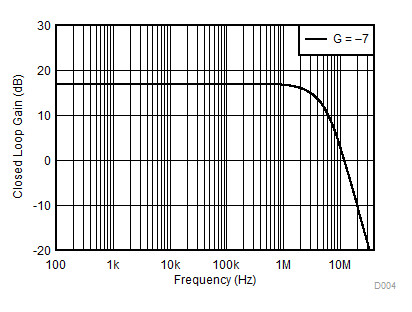
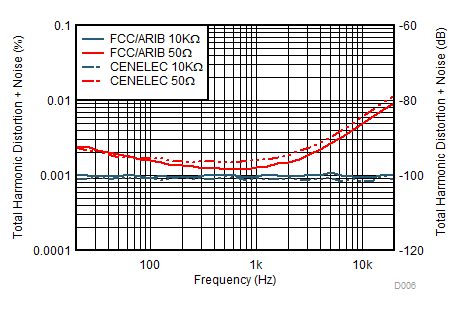
| VOUT = 7 VRMS |
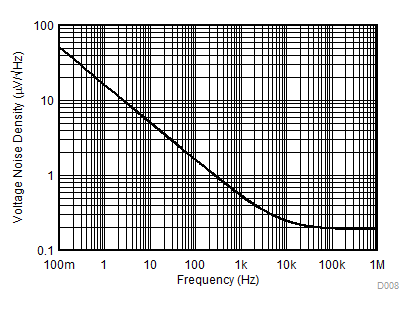
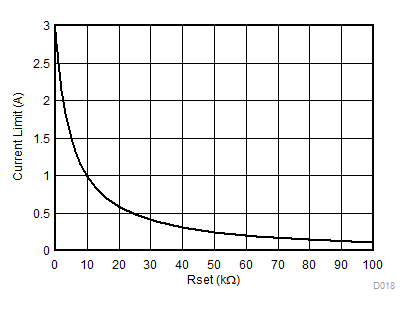
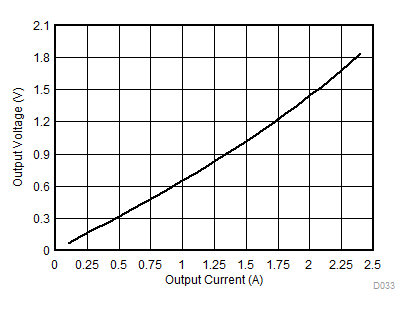
1.
Figure 9. Output Swing from GND vs Output Current (Sinking) | V+ = 15 V |
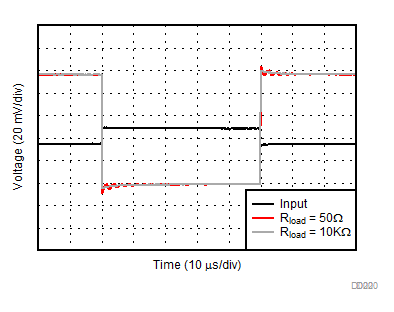
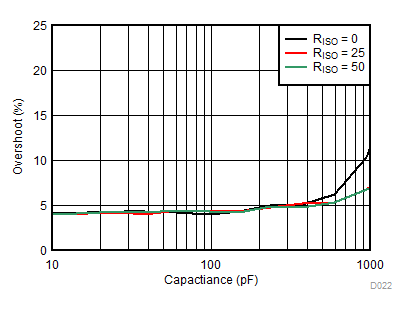
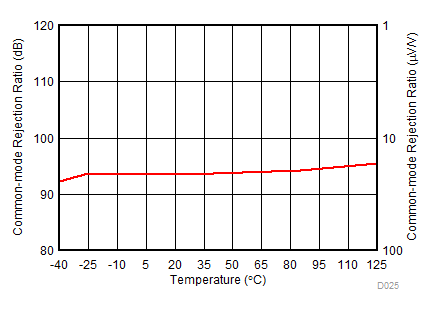
| V+ = 15 V |
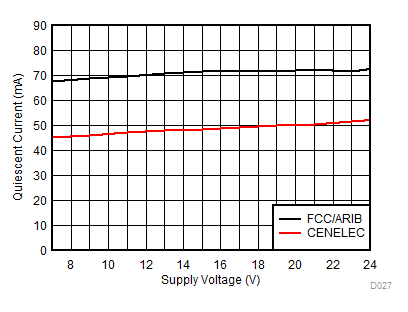
| V+ = 15 V |
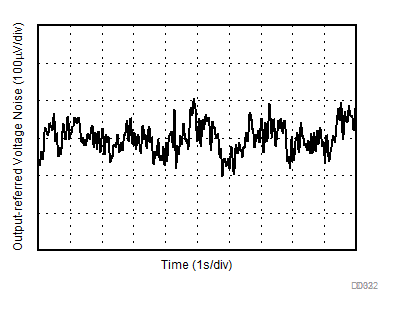
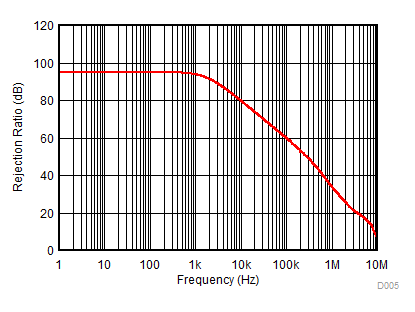
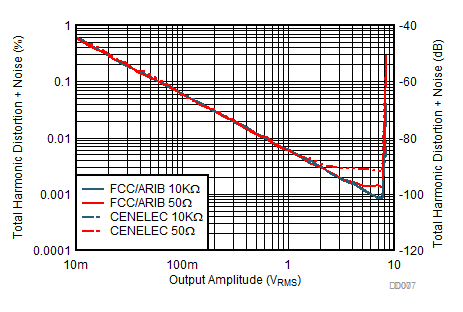
| ƒ = 1 kHz |
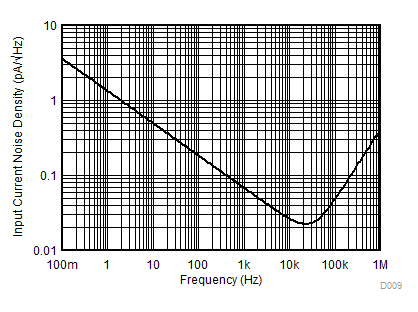
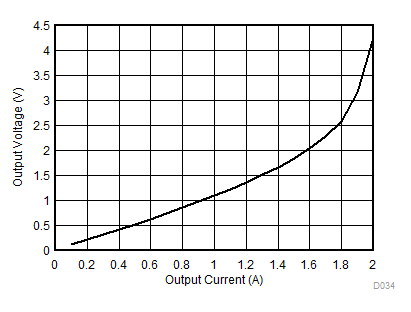
1.
Figure 8. Output Swing from V+ vs Output Current (Sourcing) | V+ = 15 V |
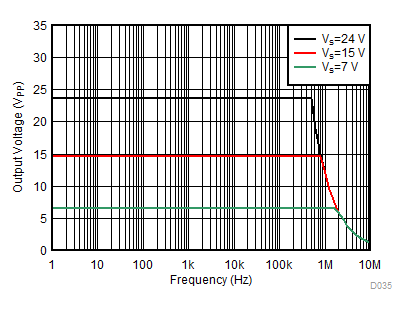
1.
Figure 10. Maximum Output Voltage vs Frequency 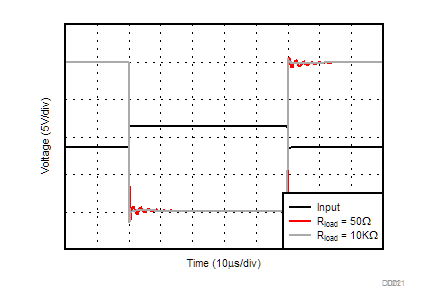
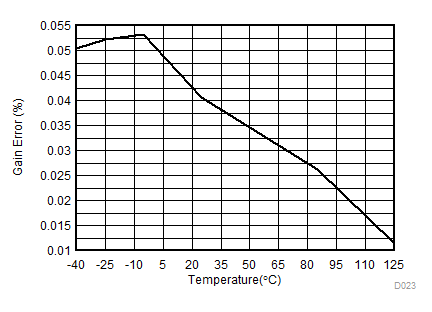
| V+ = 15 V |
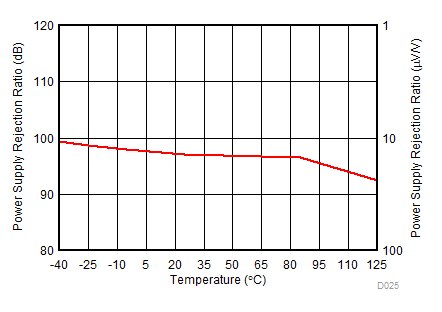
| V+ = 15 V |
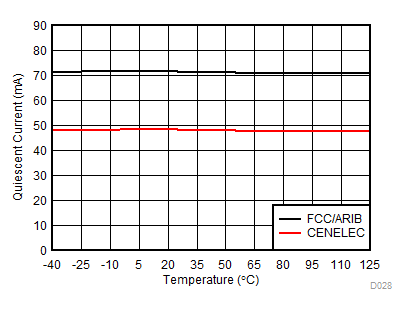
| V+ = 15 V |